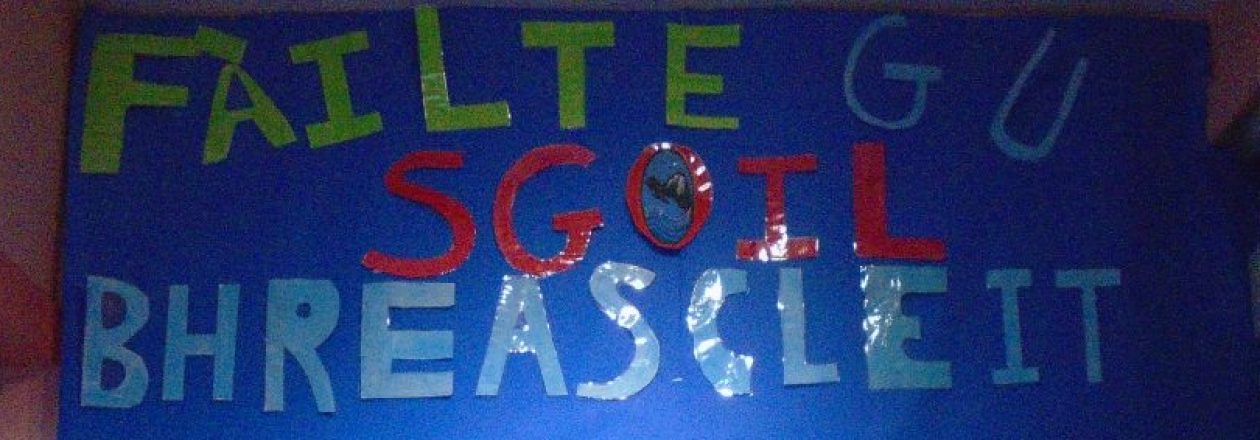On Monday the 11th of June 2018 Tim Pickering came to the school to help us learn more about biodiversity in our local area.
We wanted to find out how many different species of insects we could find in the croft next to the school. First we needed to gather equipment such as magnifying glasses, clipboards and paper, insect identification keys and sample jars. I predicted that we would find between 0 – 20 different types of insects.
Once we had everything we needed we walked to the croft. We started looking for insects in the ground, on the wall of a shed and under rocks. When we found an insect we put it in the sample jar and drew a picture of it, we then wrote down the name of that bug. I found it difficult to read the latin names of the bugs. At the end Tim Pickering showed us an ant nest and we guessed how many there were.
Together we found 11 different species of insects including wasp spider, wolf spider, earwig, black garden ant, orb spider, woodlouse, slugs, beetles, ticks, red velvet mite and midges.
We found 11 types of insect in one hour but there were probably a lot more insects we didn’t find.




 .
.





















